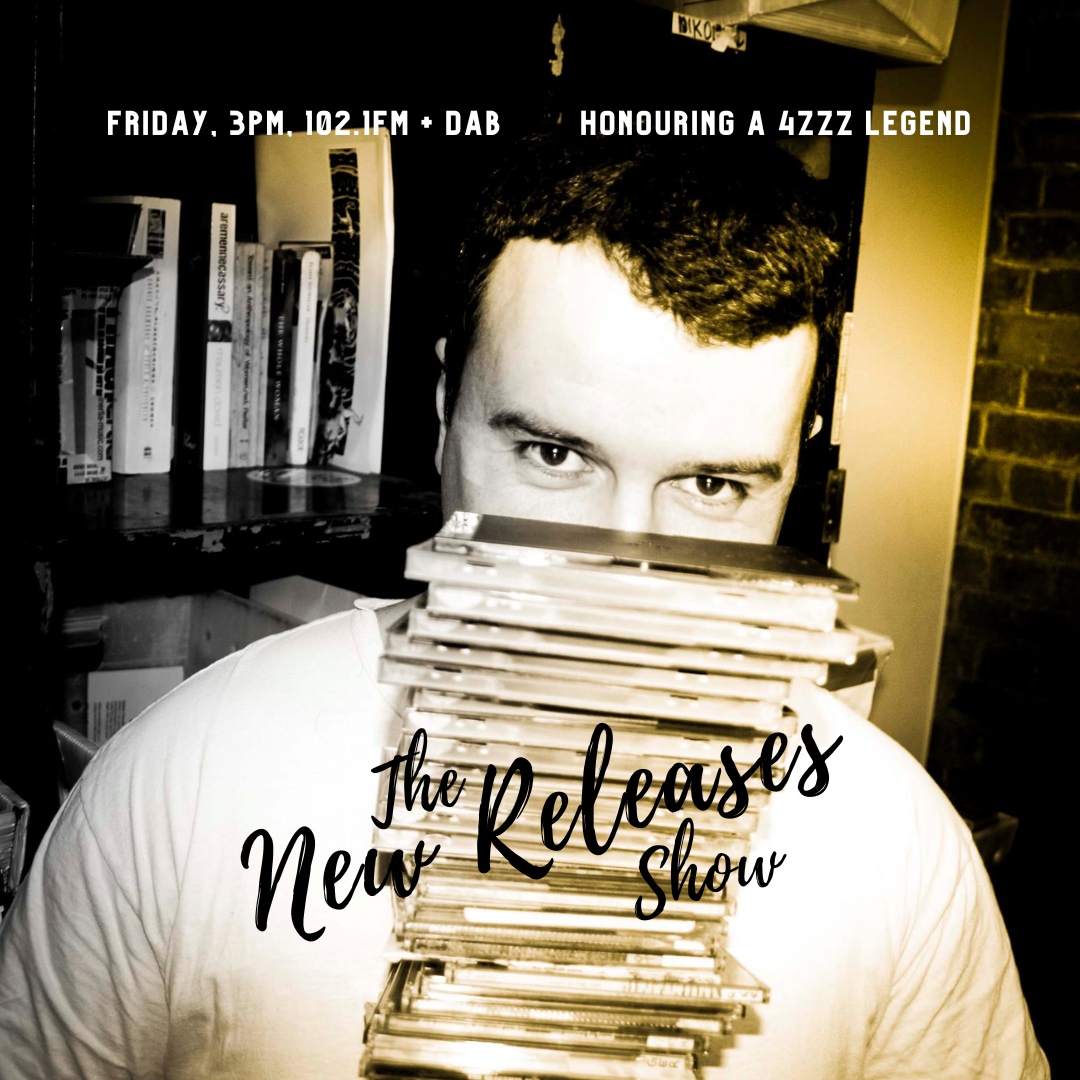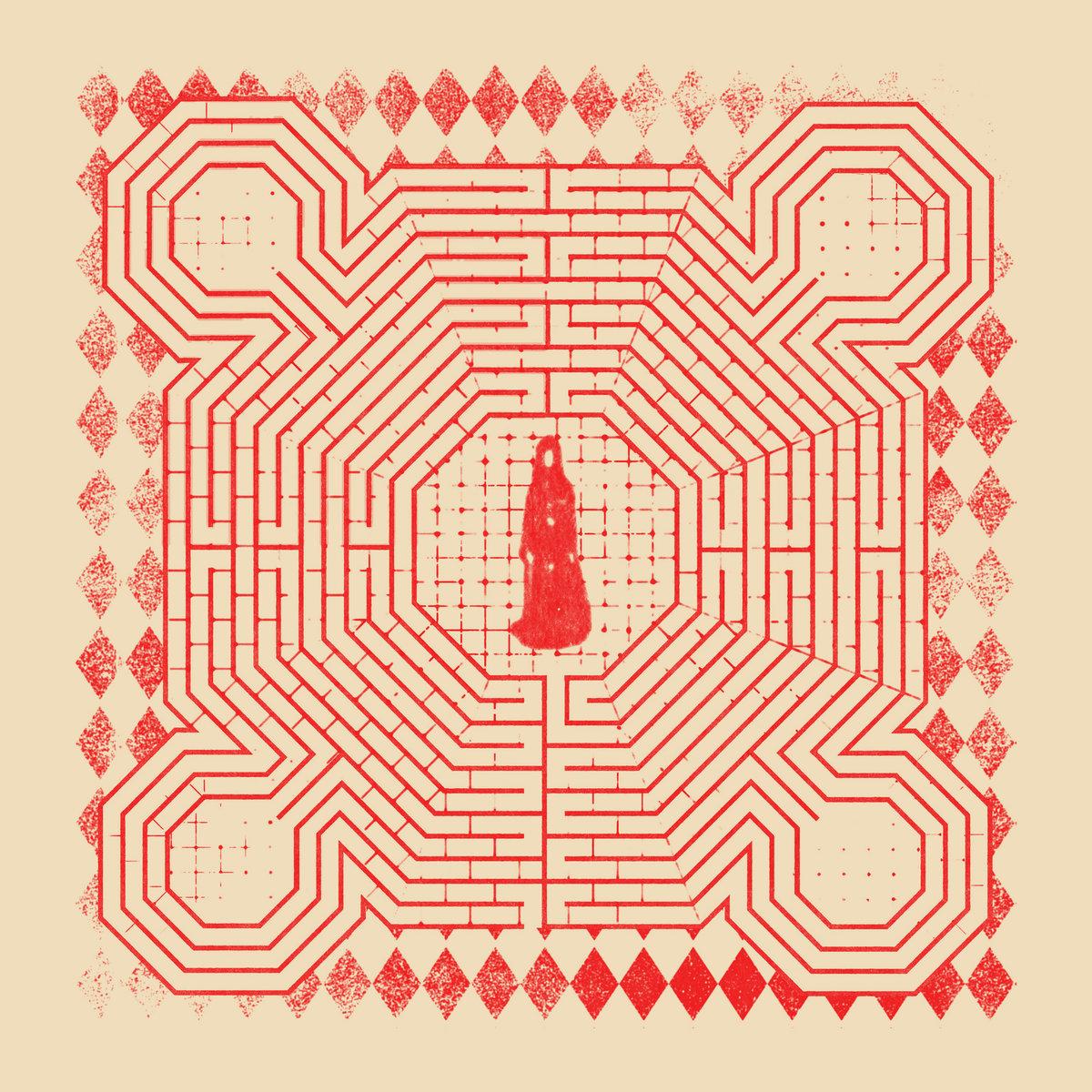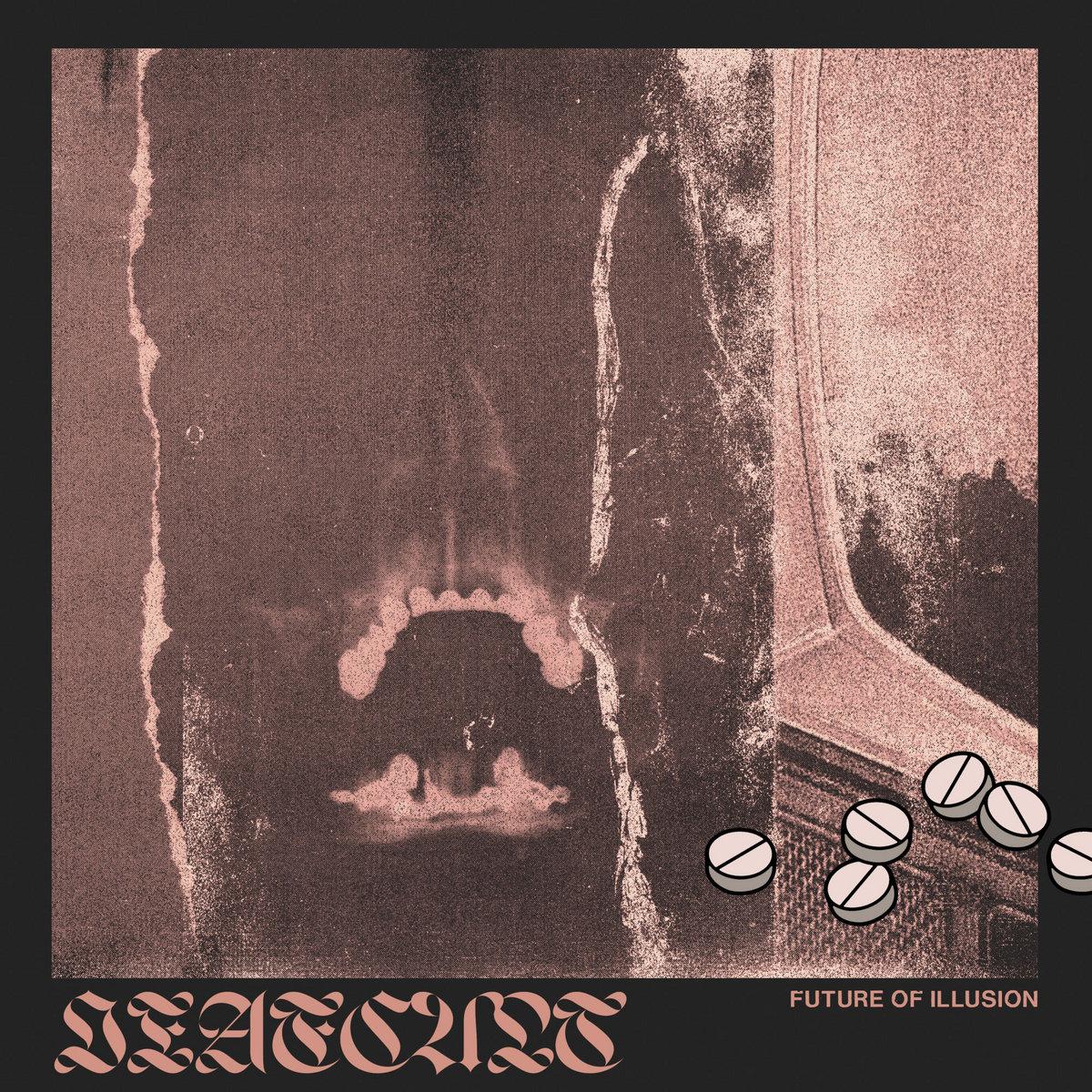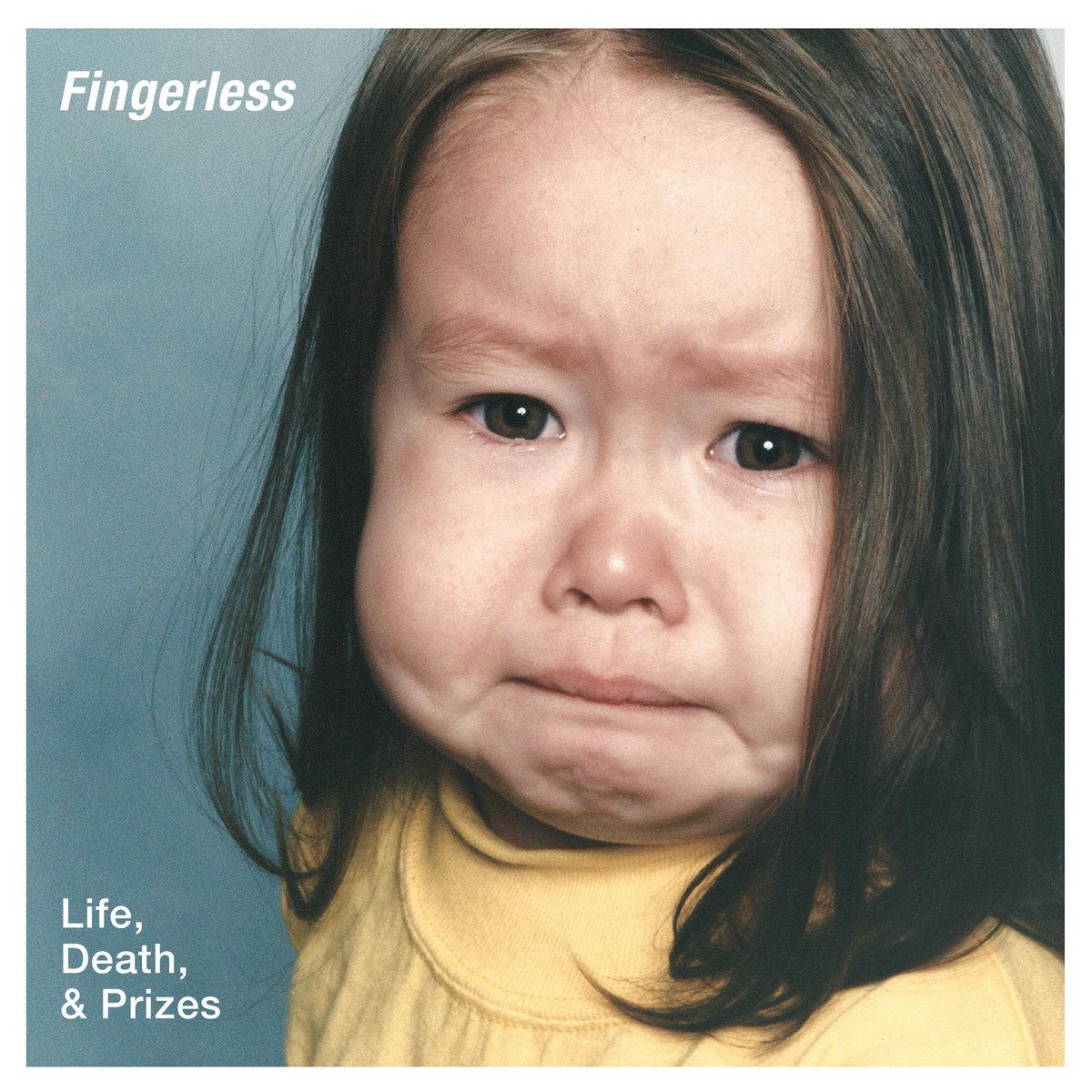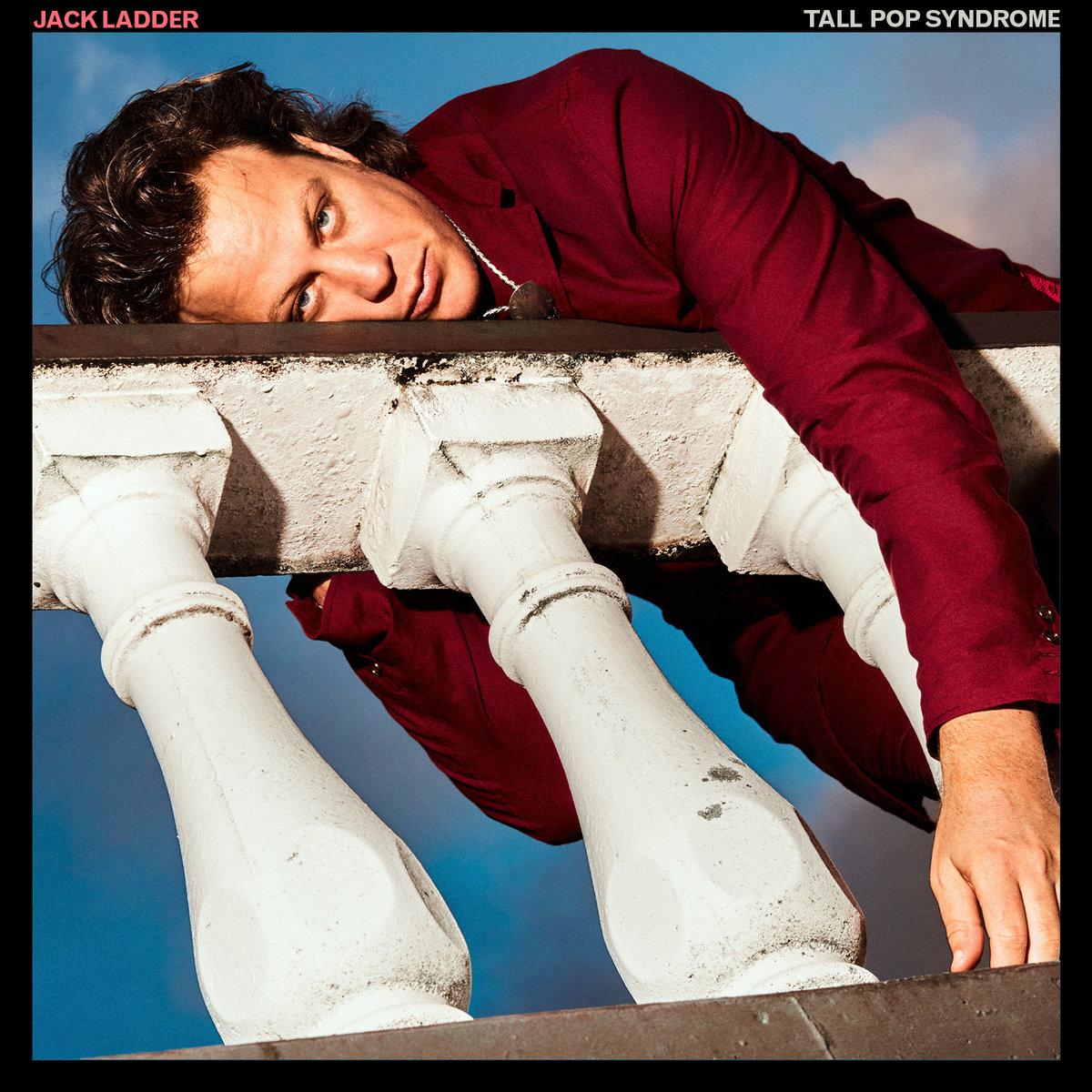
- After the six-minute sesh of burbling ambience that opens The Ship, Brian Eno starts singing so low down in the register it’s kind of discomfiting. It’d almost be medieval, if it weren’t for the synthetic ring-modulatory harmonics drifting over the top. Couple these weird old-man, new-age intonations with the fact that the mastermind’s never really let his voice interfere with his ambient experiments before – and it looks like we’ve landed ourselves in yet another new patch of Eno territory.
On paper, The Ship as an album makes a harrowingly small amount of sense. Its thematic reference points revolve around cataclysmically world-shaping events, such as WWI and the sinking of the Titanic. The first two pieces are dramatic, twenty-minute ambient ruminations on those themes. Many of the lyrics were assembled via a Markov chain text generator – which basically assembles selected random texts into an inscrutable new text – into which Eno inputted various things based around his thematic fancy, like those mentioned, as well as his some of his own “failed lyrics”, “some descriptions of machinery”, and “warnings about hacking”. The entirety of the poem read by Peter Serafinowicz on the second part of the record’s three-part Fickle Sun suite, The House Is Thin, was generated this way. The final section of that suite is a fleshy, ornate cover of The Velvet Underground’s 1969 track I’m Set Free. It sounds like a lot to deal with.
The good news is that navigating the album isn’t difficult; this is not some kind of rambling mess. It’s a considered, gently probing aural experiment. Eno’s goal here was to make “music you can walk around in”, and that’s certainly not far from what it’s like. There’s a huge amount of room, with a lot of things to look at, think about, and no dullness to speak of. This is basically Eno’s greatest skill at work, again – that ability to create a complete world of sound that you can get majorly, fantastically lost in.
After Eno’s baritone stylings come to a close in The Ship, the piece takes a turn for the austere, with this real palpable cyber-angst rising up into the surface of proceedings. A genderless mechanical voice outputs short, clipped phrases of questionable meaning amidst the layers of ambience. Things sort of amble along on this path through the next piece as well, until its huge, spontaneous combustion of a climax. Then, as Eno’s voice warbles away at the repeated line, “when I was a young soldier” and the sound effects around him crumble into smoldering detritus, you get the feeling of coming closer to a real understanding of the situation. Before you do though, it ends.
I’m Set Free represents a deliberate change in mood – from dark, mysterious ambience to fuzzy orchestral pleasantness. But it’s actually just a music legend’s simple tribute to one of his favourite bands. After all the heightened drama and the intensity of the pieces beforehand, Eno sounds totally fine while singing, “I’m set free to find a new illusion”. It highlights an unexpected and knowingly deluded kind of optimism in the face of the heavy themes that precede it. Put another way, it’s the perfect closing credits song for a hugely dramatic and serious spectacle.
- Joe Saxby.

